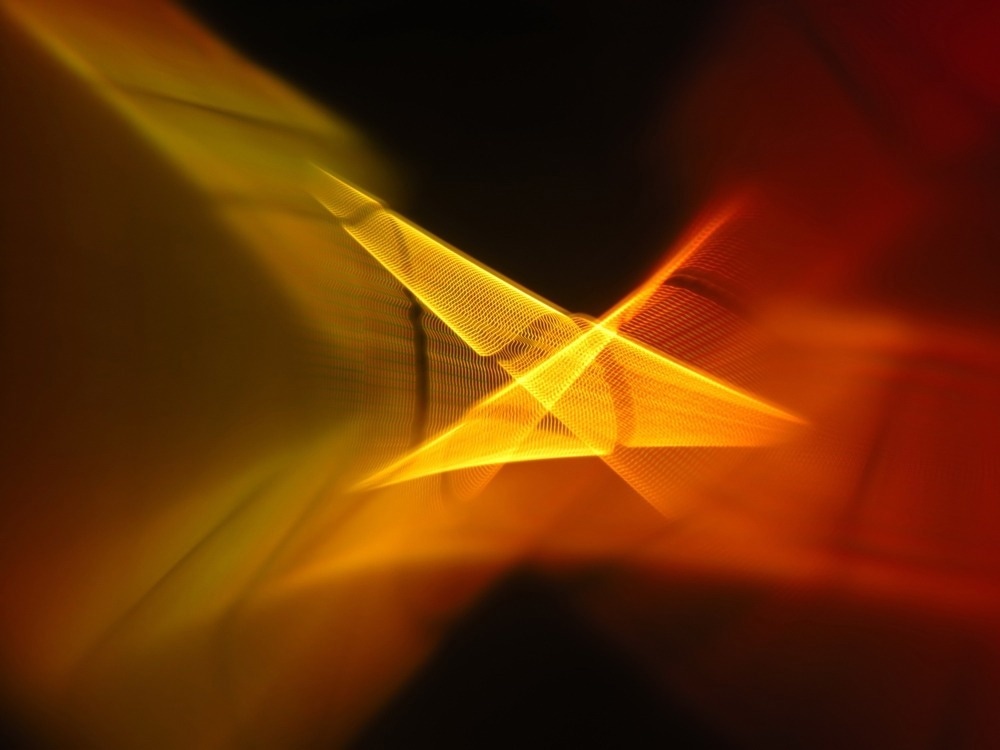Two-dimensional (2D) cadmium chalcogenide nanoplatelets (NPLs) exhibit unique optical properties and are applied in optoelectronics. In an article published in the journal ACS Applied Nano Materials, cadmium selenide (CdSe)/ cadmium sulfide (CdS) core/shell (CS) NPLs were synthesized to achieve photodetectors with quick response and high detectivity for optoelectronic applications.

Study: 2D CdSe/CdS Core–Shell Nanoplatelets for High-Performance Photodetectors. Image Credit: Wirestock Creators/Shutterstock.com
The effect of the reaction growth time on photophysical and structural properties, photodetection properties, and carrier dynamics of NPLs was highlighted. Rietveld refinement of X-ray diffraction (XRD) patterns of CdSe/CdS CS NPLs revealed the presence of zinc blende (ZB) and wurtzite (WZ) in the ratio of 5:3.
Increasing the growth time tuned the photoluminescence emission from green to red and enhanced the decay time by 12 times. The photodetector device based on CdSe/CdS CS NPLs showed a photo-to-dark current intensity ratio of approximately 600 with a photoresponse time of 100 milliseconds.
The maximum photoresponse of the NPLs observed in the visible region was approximately 113 milliamperes per watt with a high detectivity of about 2.1 x 1013 Jones. The results confirmed that the photodetectors based on CdSe/CdS CS NPLs were promising candidates for application in next-generation optoelectronics.
2D NPLs in Photodetectors
High-performing photodetectors are increasingly in demand to develop advanced photonic technologies for thermal imaging, biosensing, and optical communication. The p-n, Schottky, and hybrid organic−inorganic junctions in a photodetector help convert an optical signal into an electrical signal, recorded through an output. Here, the detectivity and photoresponsivity parameters determine the performance of a photodetector.
Solution-processed photodetector devices can meet the requirements in terms of cost, quality, low energy consumption, and stability of the photodetectors. On the other hand, the vapor-assisted deposition processing methods are unsuitable for the large-scale production of flexible photodetectors. Consequently, solution-processed techniques have great potential in next-generation photodetectors.
2D NPLs derived from II−VI semiconductor nanocrystals have been explored over the last decade. Due to their unique physical properties, 2D NPLs were applied in optoelectronic applications. Additionally, surface coating the NPLs with shell material having a wider band gap, including zinc sulfide (ZnS), Zinc selenide (ZnSe), and CdS can help resolve the issues of chemical stability and photostability occurring in pure NPLs.
Although deposition of ZnSe or CdSe or ZnS nanocrystals may cause lattice mismatch between shell and core materials, leading to interfacial strain, the lattice match is comparatively small when coated with CdSe/CdS core/shell (CS) NCs.
2D CdSe/CdS CS NPLs for High-Performance Photodetectors
In the present work, CdSe/CdS CS NPLs were synthesized at a high temperature and in a controlled manner using cadmium oleate and 1-octanethiol as cationic and anionic precursors, respectively. Here, the deposition of the CdS shell on the CdSe core was controlled by varying the amount of anionic precursor.
The CdSe/CdS CS NPLs synthesized previously via hot injection growth of the CdS shell generated a quasi-type-II band alignment, where the electrons and holes were delocalized in the shell and core, respectively. However, the controlled deposition of the CdS shell in the present work helped tune the photoluminescent emission from green to orange to bright red based on the varying thickness of the shell, useful for their sensing application in the photodetector.
Moreover, the deposition of the CdS shell on the CdSe core increased the number of active sites on the surface and reduced the surface trap states in CS heterostructures, enhancing the radiative decay channel and ultimately improving the photodetection performance of the device.
Furthermore, the reduced optical band gap owing to deposition of CdS layers helped in the photogeneration of charge carriers which were delocalized throughout CdSe/CdS CS NPLs/ The gradual CdS shell growth reduced the overlap between the electrons and hole wave function and increased the radiative lifetime of the CS NPLs, resulting in longer photoluminescence for imaging applications.
Femtosecond transient absorption (fs-TA) studies revealed that the bleach recovery kinetics were slower with continuous shell growth in the synthesized CS NPLs, enhancing optoelectronic devices’ efficiency.
Conclusion
Overall, CdSe/CdS CS NPLs were synthesized via a high-temperature shell growth approach. The ability to tune the steady-state absorption and photoluminescence of synthesized NPLs based on the reaction times made them promising candidates for optoelectronic applications.
The CdSe core deposited with the CdS shell passivated the surface trap states that suppressed the nonradiative pathway and enhanced the radiative decay channel. Additionally, fs-TA studies showed that CdS shell-deposited CdSe core NPLs had reduced bleach recovery dynamics.
Moreover, the fabricated CdSe/CdS CS NPLs exhibited fast response, high light-to-dark current intensity, and high detectivity. Thus, the CS NPLs serve as promising candidates for next-generation photodetectors in environmental sensing, safety, and security instruments.
Reference
Dutta, A., Medda, A., Ghosh, S., Sain, S., Patra, A. (2022). 2D CdSe/CdS Core–Shell Nanoplatelets for High-Performance Photodetectors. ACS Applied Nano Materials. https://pubs.acs.org/doi/10.1021/acsanm.2c02663
Disclaimer: The views expressed here are those of the author expressed in their private capacity and do not necessarily represent the views of AZoM.com Limited T/A AZoNetwork the owner and operator of this website. This disclaimer forms part of the Terms and conditions of use of this website.